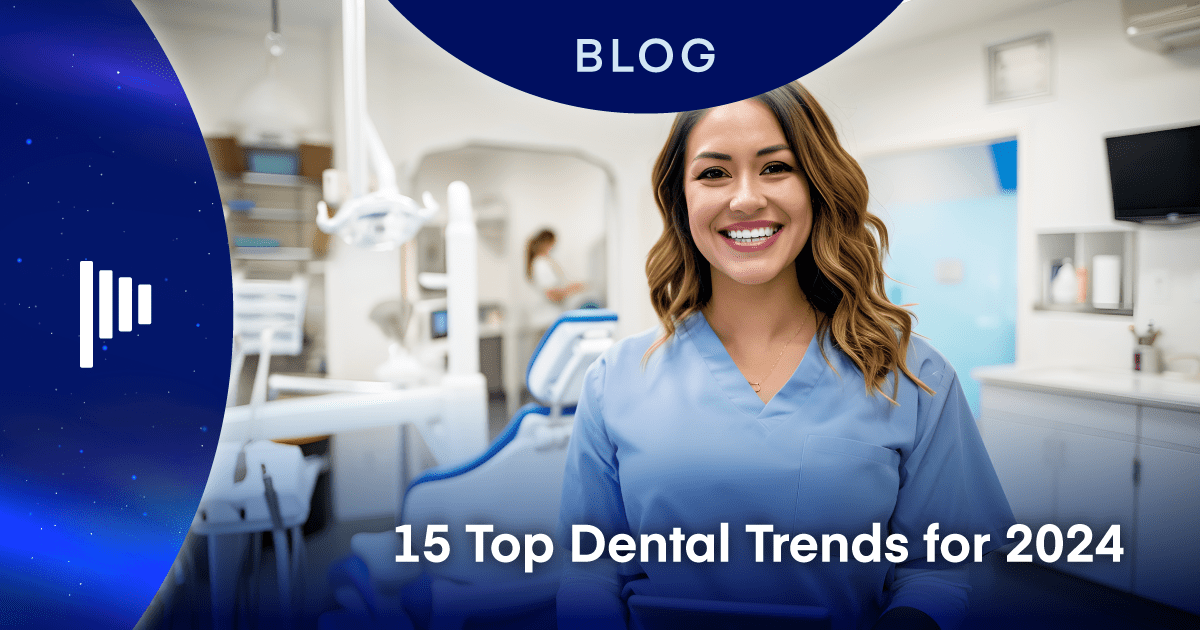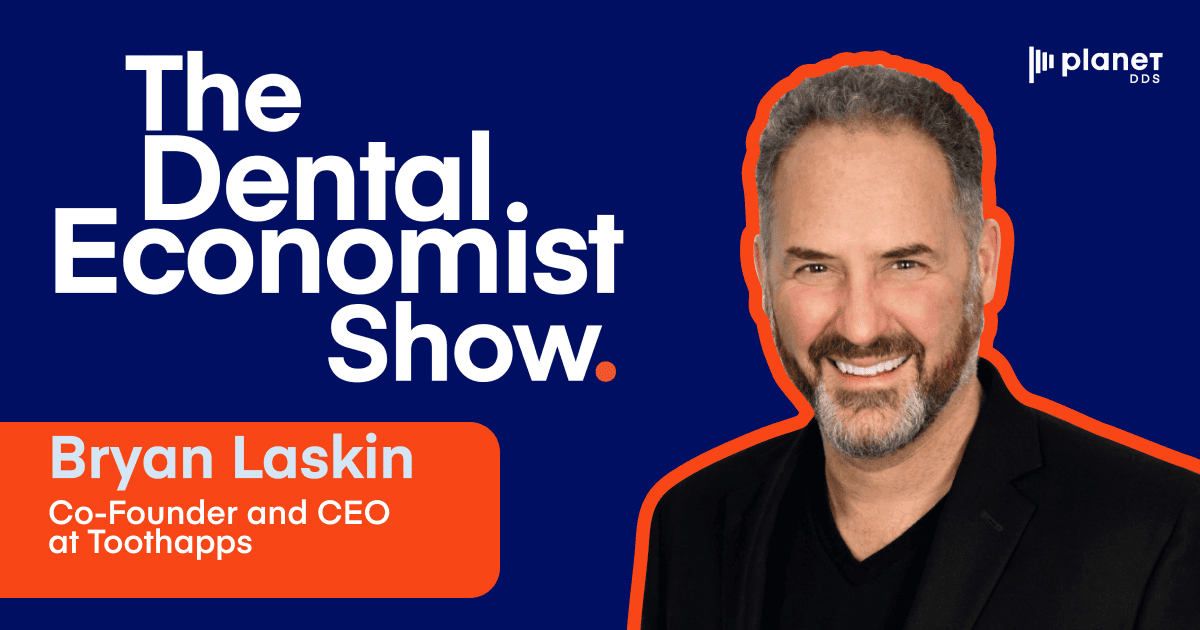Dentistry’s Accelerated Path to Normal

Just over a year after the COVID-19 pandemic began, case counts are falling, vaccines are proving to be effective, and vaccine distribution is scaling. However, we are still grappling with unequal access to vaccines, more contagious variants of the virus, and community spread. So, what does this mean for dentistry? Pandemic or not, oral health never stopped being important, and the dental industry never stopped being essential.
Compared with other industries, the dental industry was well-prepared to implement safety protocols and is likely to return to normal faster. Learn what this means for your practice and how you can accelerate your practice’s path to normal.
Timeline to Reopen
President Biden recently announced his administration’s goal to return to normal by Independence Day. California state officials just announced that they are aiming to reopen the state by mid-June. But many variables can affect when we can truly return to “normal.”
Some experts say we need to reach “herd immunity,” which means enough people have to have immunity against the virus so that it can’t spread uncontrollably. An estimated 60-85% of the population needs to develop immunity through vaccination or contracting the virus to reach herd immunity. Some predict this could happen this summer, and less optimistic estimates say it may not happen until 2022.
The pace of the vaccination rollout also plays a significant role in how fast we can achieve herd immunity. Also, vaccines are not yet approved for children, who represent approximately 20% of our population. Health officials estimate the vaccine will become available for children in late 2021 or early 2022.
Some scientists have begun shifting the focus from achieving herd immunity to embracing a new “normal” without herd immunity. Vaccine hesitancy, uneven rollout, and resurgence due to new variants make herd immunity a moving target.
However, in either scenario, dentistry forges on as an essential industry.
Starts and Stops in Early Pandemic Days
On March 16, 2020, the American Dental Association became one of the first national professional health associations to recommend postponement of all but emergency or urgent procedures. At the time, the US Center for Disease Control had the same recommendations for dentists. Ultimately, the ADA recommendation expired on April 30th, the CDC developed interim guidance for dental offices, and states slowly began to lift their mandates, allowing dental practices to reopen.
As hindsight would reveal, adherence to infection control protocols such as wearing personal protective equipment (PPE) has worked remarkably well for dental practices. A study that tracked staff members of a practice in New York with safety measures in place showed a zero transmission rate. Through its own surveys, the ADA found that less than 1% of dentists surveyed had suspected or probable COVID-19 infections. However, research by the ADA and American Dental Hygienists’ Association found that 3.1% of hygienists had contracted COVID-19 as of last fall.
Despite new guidance from the CDC and ADA, by May of 2020, less than 3% of dental practices were open with business as usual. An overwhelming 69% of practices were closed and not seeing any patients or closed and only seeing emergency patients. Less than 28% were open but seeing fewer patients than usual.
Recovery of the Dental Industry
Fast forward to today, over 99% of practices are open, although about half are still seeing fewer patients than usual. This could be due to patient hesitancy to visit a dentist until they’ve been vaccinated, or dental offices may need extra time between appointments to sanitize operatories and adhere to other safety protocols. According to a recent survey by the ADA, PPE supply appears to be sufficient with most practices reporting a supply of more than 14 days’ worth of PPE. Overall, while the dental industry is not back to seeing patients at the same level as before the pandemic, it is miles ahead of other industries in terms of recovery. In industries such as travel or restaurant, full recovery is projected to occur by 2023 or 2024, with many jobs permanently lost.
Even though the dental industry may appear to be in an enviable position of being on an accelerated path to normal, the impact of COVID-19 was and is far-reaching. Many offices are still operating with lower patient volumes. It is estimated that almost 8 million workers in the United States have lost their dental insurance coverage due to job loss. Additionally, an estimated 7 million dependents also lost their coverage. It remains to be seen how this will impact patient volumes. On the other hand, surveys show that many patients have missed or postponed checkups and cleanings, which could lead to increased patient volumes as vaccination rates go up.
The ADA Health Policy Institute’s most recent findings revealed that the dental industry is well on its way to recovery. Patient volumes are at around 80% of pre-COVID-19 levels. According to an ADA Health Policy Institute survey, approximately 12% of the population is unlikely to return to the dentist until they have been vaccinated. Considering those statistics, the ADA Health Policy Institute doesn’t anticipate full recovery until the summer of 2021.
The dental industry is returning to normal faster than many other industries as an essential industry and thanks to PPE and other adaptations, dental practices were able to safely provide care for patients during the pandemic.
Accelerating Your Practice’s Path to Normal
While there are still many unknowns that are outside your control, here are some things you can do to accelerate your practice’s path to normal.
- Utilize technology to keep your patients and your staff safer and improve efficiencies.
- Allow patients to complete registration and make appointments online.
- Use automated email or text messages to remind patients and confirm appointments for shorter wait times and fewer no-shows.
- Allow remote check-in. Patients can text the office when they arrive and once their operatory is ready, your front office team member can text the patient to let them know to come into the office. If there are any forms they need to complete, they can do so from their phone to reduce wait times.
- Communicate to reassure and educate patients
- There are likely many patients who have postponed checkups and cleanings. Remind them to get back into a regular schedule for good oral health.
- Let your patients know what tried-and-true safety protocols your office has in place to keep them safe.
- Reduce your subscriptions to third party applications
- If you subscribe to patient communication tools, analytics tools, claims clearinghouse services, IT services, consider moving to an all-in-one practice management solution.
- These costs may seem small, but they can quickly add up. Practices often pay up to $250/month on third party online booking services, $299/month on patient communication tools, $500/month on analytics tools, $500/year for remote login costs, $299/month for claim clearinghouse services. With an all-in-one, cloud-based, solution like Denticon, you can significantly cut down on monthly costs.
Learn about how Denticon can accelerate your practice’s path to normal. Request a demo or contact us today.


